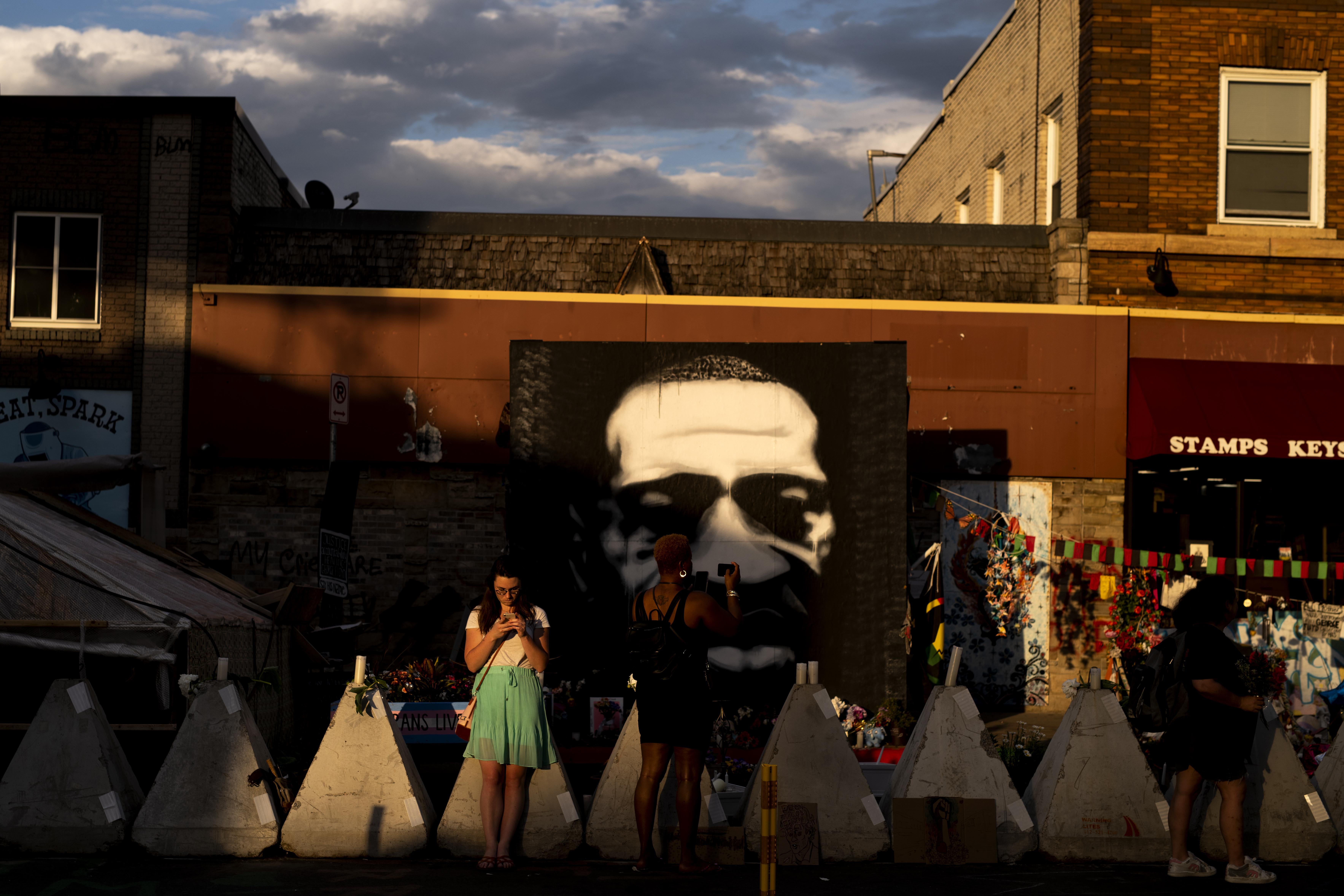Two children witnessed a murder.
When she was 17 years old, standing next to her 9-year-old cousin, Darnella Frazier filmed the murder of George Floyd. Last week, she won a Special Citation from the Pulitzer Board for that filming, and the response was overwhelmingly positive. Many of the reactions posted online praised the teenager for her bravery and the gusto it takes to so boldly challenge false police narratives. And Frazier’s decision to film a murderer committing a heinous act against another human being was certainly journalistic in essence, and its effect. It’s hard to sensibly argue that a video that spurred national uprisings against racism, and which prompted an investigation that eventually led to a guilty verdict against a cop, is anything but a journalistic feat.
The Pulitzer Board captured this element aptly in their announcement: “For courageously recording the murder of George Floyd, a video that spurred protests against police brutality around the world, highlighting the crucial role of citizens in journalists’ quest for truth and justice.”
What was missing from the Pulitzer Board’s commentary and the overall praise, most tellingly, is a clear acknowledgment of the distance between a reporter’s professional decision to go tell a story and Frazier’s recording of what was done in front of her—and of the burden of racism and trauma that a teenager had to bear because she took on that role.
Frazier has been vocal about what it meant to her. She detailed her experiences following Floyd’s death in an Instagram post uploaded a year afterward. It’s a nuanced glimpse of her very complicated feelings about filming such a traumatic instance—including how witnessing such an event, and the weight of being that conduit, has ruptured a piece of her and of her loved ones:
I am 18 now and I still hold the weight and trauma of what I witnessed a year ago. It’s a little easier now, but I’m not who I used to be. A part of my childhood was taken from me. My 9-year-old cousin who witnessed the same thing I did got a part of her childhood taken from her. Having to up and leave because my home was no longer safe, waking up to reporters at my door, closing my eyes at night only to see a man who is brown like me, lifeless on the ground. I couldn’t sleep properly for weeks. I used to shake so bad at night my mom had to rock me to sleep. Hopping from hotel to hotel because we didn’t have a home and looking over our back every day in the process. Having panic and anxiety attacks every time I seen a police car, not knowing who to trust because a lot of people are evil with bad intentions.
I hold that weight. A lot of people call me a hero even though I don’t see myself as one. I was just in the right place at the right time. Behind this smile, behind these awards, behind the publicity, I’m a girl trying to heal from something I am reminded of every day. Everyone talks about the girl who recorded George Floyd’s death, but to actually be her is a different story.
Don’t forget that two children witnessed a murder.
No one can righteously argue that her sharing the footage wasn’t brave. Of course it was. Frazier herself, in a rare interaction with a reporter, told the Star Tribune that her decision was rooted in a desire for people to know the truth about what happened.
But such a courageous act cannot be properly applauded without considering, and recognizing, the stakes.
The majority of the narrative around the filming has been bastardized and morphed into one that simply praises Frazier, a Black teenager, for bearing witness to an act of police terror against a Black man. She is being applauded for being strong. The glory thrown onto “strong Black women,” though, tends to be as heavy as the pain, since it only serves to mask their anguish. The consequences can be dire for one’s health and overall wellness.
Something is always taken from the people who are thrust into the spotlight after witnessing an act of police terror. Ramsey Orta was targeted and harassed by the NYPD after he filmed one of their officers killing Eric Garner. Feidin Santana, who filmed the death of Walter Scott, dealt with death threats and an omnipresent fear for his life. Diamond Reynolds was arrested immediately after she witnessed and livestreamed the shooting of Philando Castile. As she’s wailing in the recording, anguished in the backseat, her then four-year-old consoles her. Tajai Rice, the sister of Tamir, was tackled and handcuffed by officers at the scene of her 12-year-old brother’s killing.
The reframing of Frazier’s experience as award-winning journalism echoes the off-key tributes to Floyd one year after his murder, thanking him for his “sacrifice”—as if he had chosen to be a civil rights leader, rather than simply being a person who wanted to keep living and breathing in the world. The trauma that comes from bearing witness and then countering the police narrative infuses families and, as Frazier put it, fundamentally changes them. They all share justified paranoia, not wanting to be seen as a hero but as humans who are working through an immense sorrow, and to return to a time before they felt so vulnerably exposed.
No citation or award can undo such harm, or two children witnessing a murder.
